VY Canis Majoris r/EliteDangerous
The red hypergiant star VY Canis Majoris, 4,000 light-years distant, is in a turbulent phase near the end of its life. Wracked by pulsations, it is expelling mass in a series of dusty knots and arcs.
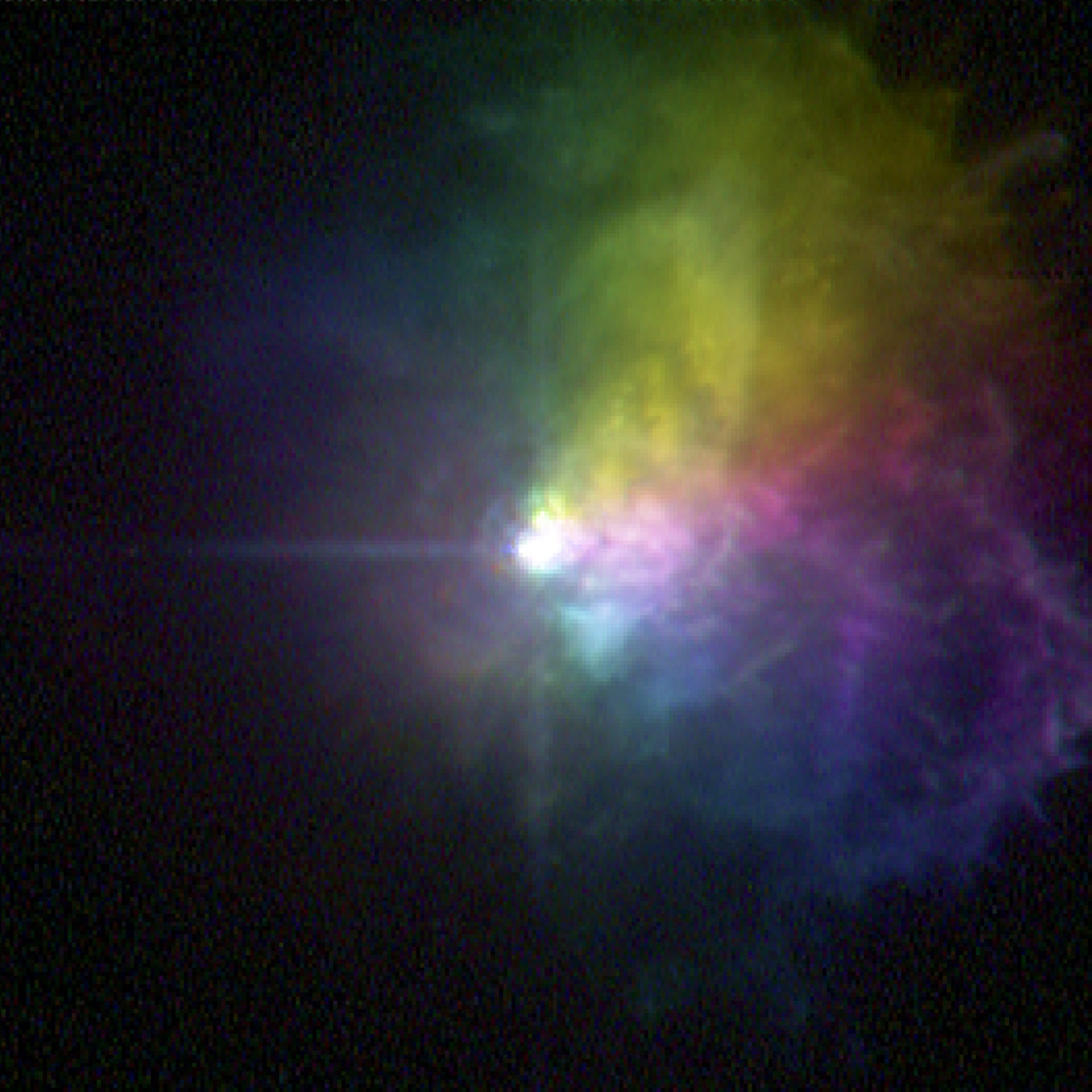
Largest stars in the Universe VY Canis Majoris Earth Blog
VY Canis Majoris, though, has faded very gradually, over the past couple of centuries. On March 4, 2021, astronomers using the Hubble Space Telescope said they think they know why. They said this.
VY Canis Majoris seen from its brown dwarf counterpart, 12,000LS away. r/EliteDangerous
VY Canis Majoris (abbreviated to VY CMa) is an extreme oxygen-rich (O-rich) red hypergiant (RHG) or red supergiant (RSG) and pulsating variable star 1.2 kiloparsecs (3,900 light-years) from the Solar System in the slightly southern constellation of Canis Major.It is one of the largest known stars, one of the most luminous and massive red supergiants, and one of the most luminous stars in the.
VY Canis Majoris, one of the largest stars in the galaxy. r/EliteDangerous
But on VY Canis Majoris, the cells may be as large as the whole Sun or larger." "This is probably more common in red supergiants than scientists thought and VY Canis Majoris is an extreme example," Humphreys continued. "It may even be the main mechanism that's driving the mass loss, which has always been a bit of a mystery for red supergiants."
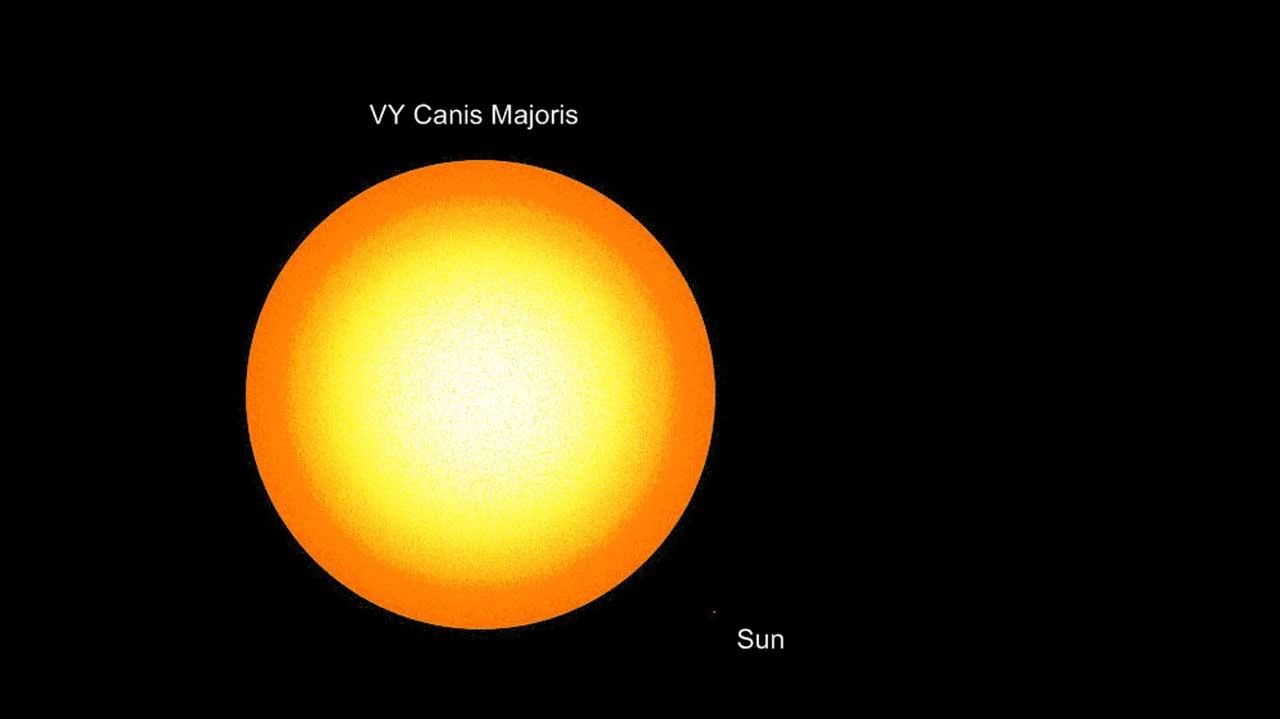
Image VYCanisMajoris.jpg Legends of the Multi Universe Wiki FANDOM powered by Wikia
VY Canis Majoris is not seen in this view, but the tiny red square marks the location of the hypergiant, and represents the diameter of the solar system out to the orbit of Neptune, which is 5.5 billion miles across. The final panel is an artist's impression of the hypergiant star with vast convection cells and undergoing violent ejections.
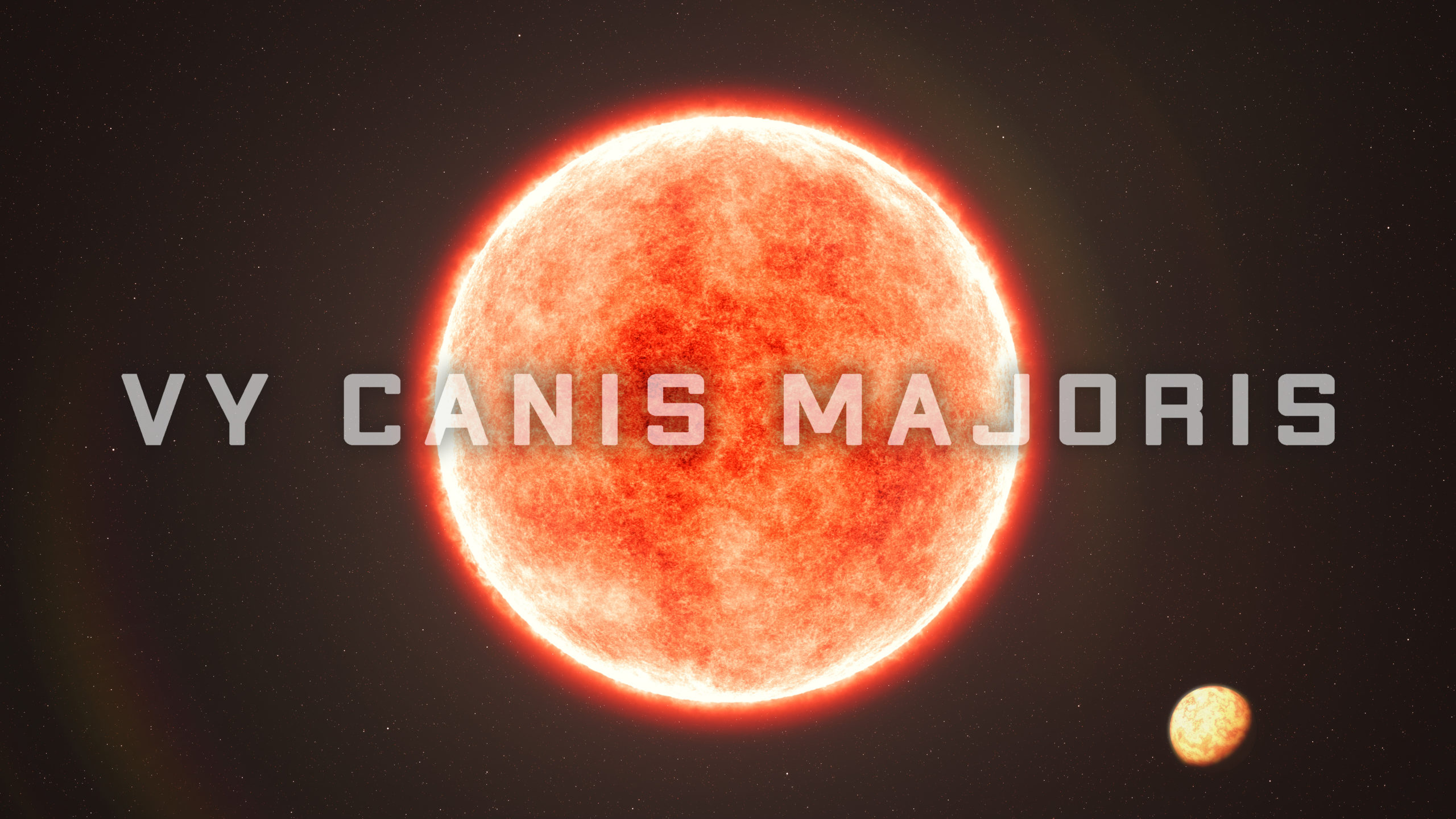
VY Canis Majoris Features and Facts The
VY Canis Majoris (VY CMa) is a red supergiant or red hypergiant star located at an approximate distance of 3,820 light-years from Earth in the constellation Canis Major. It is one of the largest stars known, with an estimated radius at least 1,420 times that of the Sun. The hypergiant is a pulsating variable star.

Sound of VY Canis Majoris YouTube
VY Canis Majoris is a very young star, and it is believed that it evolved from an O9 main-sequence star which initially had between 5 - 20 solar radii. The star evolved quickly due to its high mass and has spent its time in the red hypergiant phase for around 100.000 to 500.000 years, thus the star has left its main sequence more than a.
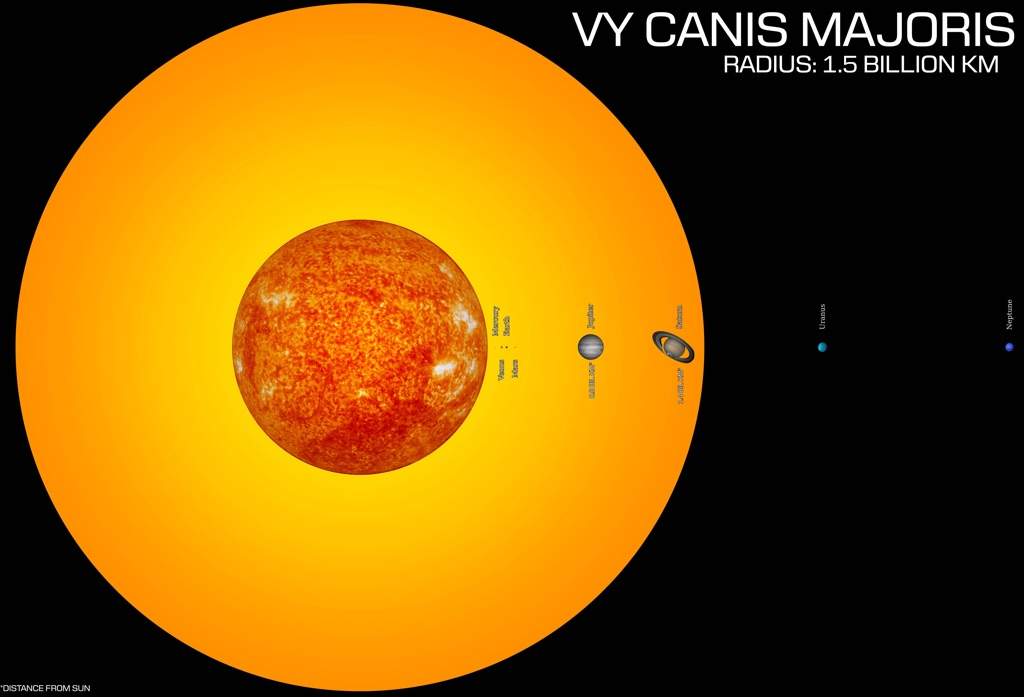
VY Canis Majoris Wiki Science Amino
VY Canis Majoris is a pulsing variable star in the constellation Canis Major with a mass estimated to be 17 times that of the sun and a radius of 10,000 to 15,000 astronomical units (AU).

VY Canis Majoris by insigniaSaha on DeviantArt
Located about 3,009 light-years from Earth, VY Canis Majoris - or VY CMa, for short - is a pulsating variable star in the slightly southern constellation of Canis Major. Spanning anywhere from 10,000 to 15,000 astronomical units (with 1 AU being the average distance between Earth and the sun) VY CMa is possibly the most massive star in the.
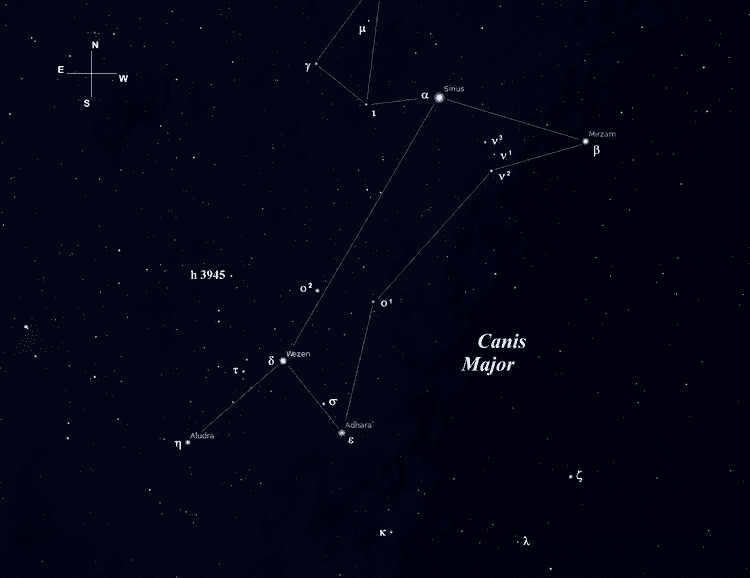
VY Canis Majoris Facts, Information, History & Definition
VY Canis Majoris is a red giant star located in the constellation Canis Major.Measuring between 1800-2100 times the size of the Sun, astronomers think that this star is at the end of its life, and.

Largest stars in the Universe VY Canis Majoris Earth Blog
VY Canis Majoris (VY CMa) is an exceptionally large, luminous red hypergiant star located in the constellation Canis Major. With a radius about 1,420 times that of the Sun, corresponding to a diameter of 13.2 astronomical units, VY Canis Majoris is one of the largest known stars in the Milky Way. The star lies at an approximate distance of.
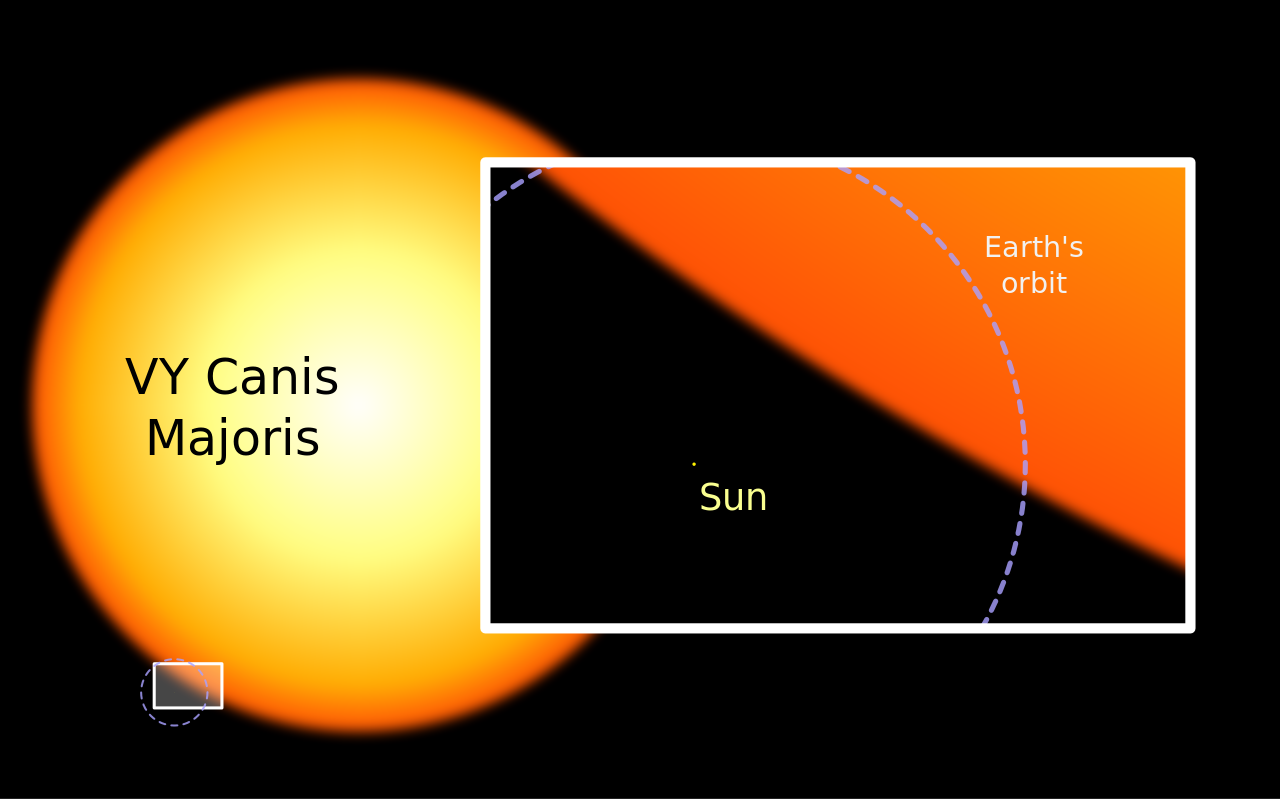
VY Canis Majoris Red Hypergiant in Canis Major Constellation Guide
VY Canis Majoris is a red hypergiant with a radius of around 1,500 times larger than the sun. Hypergiant stars such as VY Canis Majoris are extremely rare in our galaxy, in fact most stars in the Milky Way are smaller than the sun. Large stars burn their fuel extremely quickly, as a result they only exist for a few million years, smaller stars.

The biggest star VY Canis Majoris YouTube
VY Canis Majoris may have already shed half of its mass. Rather than exploding as a supernova, it might simply collapse directly to a black hole. The team's findings appear in the February 4, 2021 edition of The Astronomical Journal. Authors includeSchool of Physics and Astronomy Professors Kris Davidson and Terry Jones and former University.

Largest stars in the Universe VY Canis Majoris Earth Blog
VY Canis Majoris (VY CMa) is an oxygen-rich 11 supergiant (∼ 25 solar masses, 25M ⊙) star with a luminosity of 500,000 times that of the Sun and an effective temperature near 3,000 K (ref. 12).

VY Canis Majoris Wikipedia
VY Canis Majoris. Of all known stars, the VY Canis Majoris is the largest. This red Hypergiant star, found in the constellation Canis Major, is estimated to have a radius at least 1,800 that of.
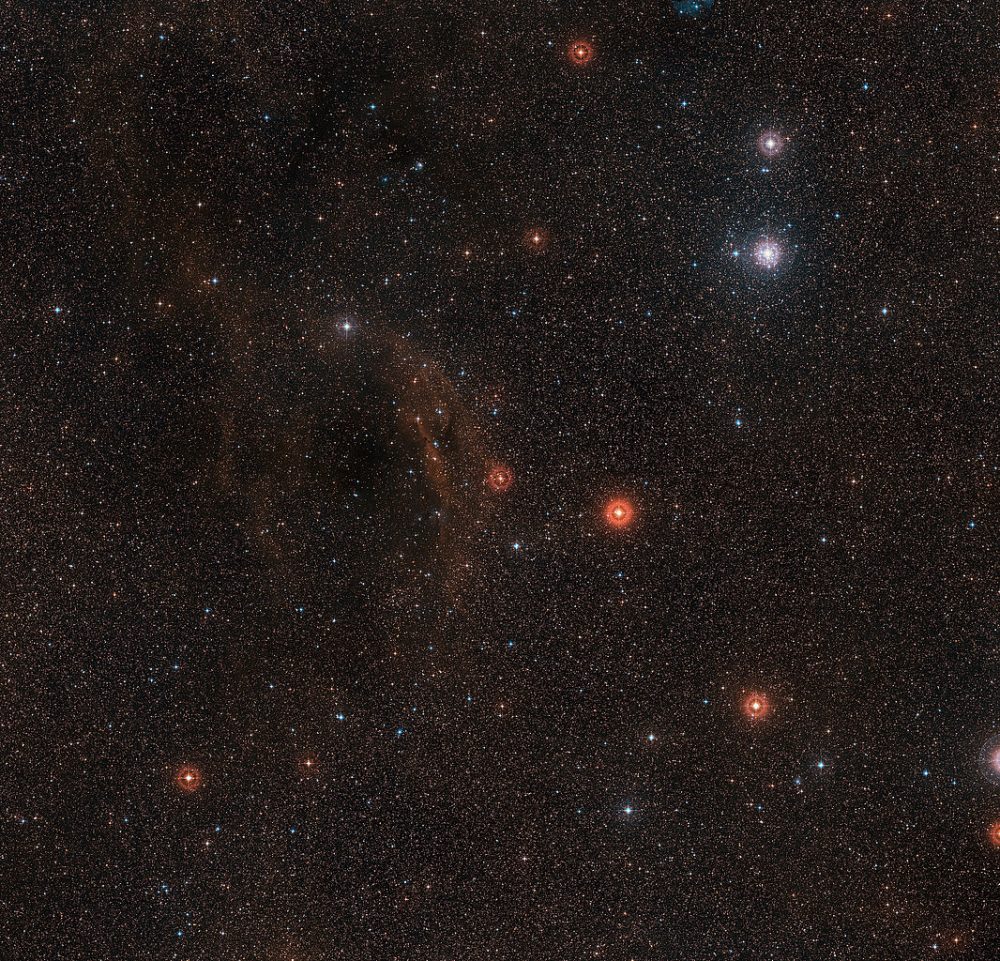
VY Canis Majoris Constellation Guide
VY Canis Majoris (VY CMa) is a red hypergiant star in the constellation Canis Major. It is about 1.2 kiloparsecs (3,900 light-years) distant from Earth. It is one of the biggest known stars in the universe, and one of the most luminous of its type.